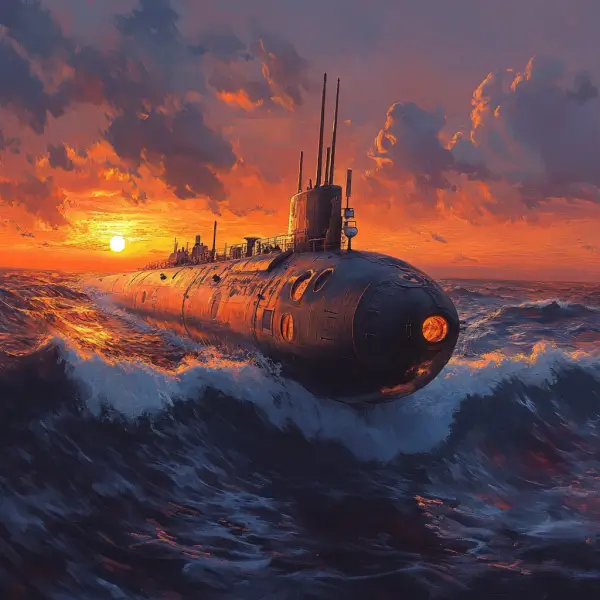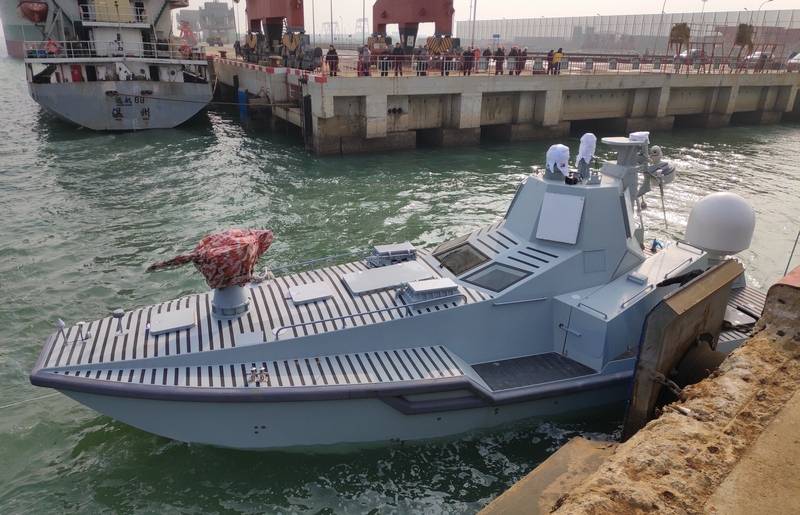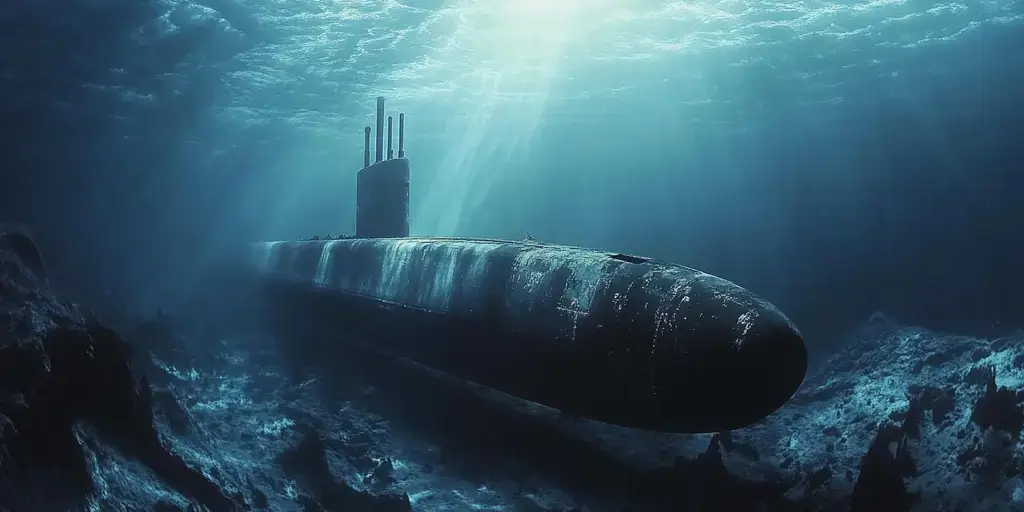The Columbia-Class: A New Era in Naval Defense
The Columbia-class submarines represent a transformative step forward in the United States Navy’s strategic deterrent capabilities. Designed to replace the aging Ohio-class submarines, the Columbia-class will enhance America’s strategic military capabilities through improved technology and design innovations. The development of these submarines is a timely response to geopolitical shifts and advances in submarine warfare technology.
With the ever-evolving nature of global military threats, the Columbia-class is tailored to support long-term strategic defense while maintaining an emphasis on stealth and longevity. In keeping with modern naval requirements, this new line of ballistic missile submarines showcases the United States’ commitment to maintaining underwater dominance well into the mid-21st century.
Design and Technological Advancements
The Columbia-class brings with it several groundbreaking advancements. A critical improvement is the implementation of an electric drive propulsion system, marking a divergence from the mechanical drive systems utilized in previous submarines. This change significantly reduces acoustic signatures, making the Columbia-class one of the quietest submarines ever built.
Key Features and Specifications:
- Length: 560 feet
- Displacement: Approximately 20,800 tons
- Speed: Over 25 knots
- Crew: 155
- Armament: 16 Trident II D5 missiles
With the integration of advanced sonar and combat systems, the Columbia-class submarines are equipped to detect a wide range of threats in different maritime environments. The increased automation and cutting-edge design streamline operations, enabling the crew to focus more on critical tasks.
Strategic Importance and Mission Objectives
The primary mission of the Columbia-class submarines is strategic deterrence, a cornerstone of the United States’ defense policy. These submarines are designed to remain undetected, thereby providing a secure platform for a second-strike capability that serves as a deterrent against any potential nuclear threats.
The Columbia-class will operate with a continuous at-sea presence, crucial for maintaining strategic stability and peace. Given the growing complexity of global security challenges, including concerns related to nuclear proliferation, a robust deterrence strategy helps to prevent escalation and conflict.
The Road Ahead: Production and Deployment
The Columbia-class program involves the construction of 12 submarines, with the first expected to be delivered to the Navy by 2028. These submarines are anticipated to have a service life exceeding 40 years without the need for a nuclear refueling mid-life, emphasizing the longevity and efficiency of the new design.
The production of these advanced submarines is a notable engineering challenge, requiring collaboration and investment in technology from diverse sectors of the industry. The scheduled introduction marks a key component of the Navy’s future architecture, ensuring that the U.S. retains its strategic underwater deterrent capabilities.
Broader Implications for International Security
The emergence of Columbia-class submarines also holds significant implications for global naval dynamics. As nations develop or enhance their own capabilities, including advancements in anti-submarine warfare, the Columbia-class’s qualities of stealth and endurance become even more critical.
This development may spur similar advancements among other nations as they seek to maintain balance in naval power. Consequently, the technologization and stealth improvements in the Columbia-class could potentially set new standards in submarine design globally.
Naval analysts observe that the Columbia-class will not only contribute to the U.S.’s military strength but also play a crucial role in alliances and partnerships, providing a strategic backbone in cooperative defense against shared threats.
The Dawn of a New Strategic Paradigm
The Columbia-class submarines represent the pinnacle of modern naval engineering and strategic deterrence philosophy. They stand as a testament to the relentless pursuit of technological excellence and the imperative to adapt to changing geopolitical landscapes. As these submarines enter service in the coming years, their role in promoting global stability and deterring conflict will underscore the United States Navy’s vital importance in a multifaceted global defense architecture.









